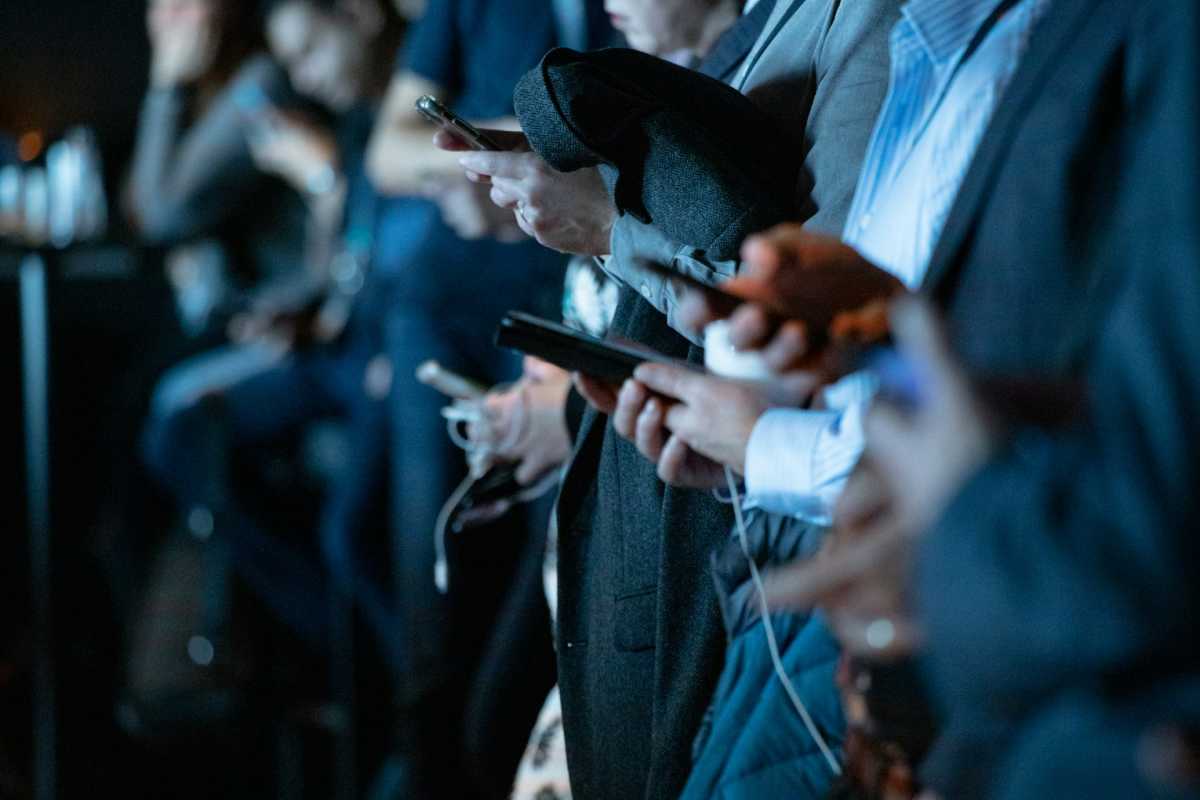Digital Shadows: The Subtle Impact of Social Media on Mental Wellness
In the age of digital connectivity, social media has become an integral part of our daily lives. Platforms like Facebook, Instagram, Twitter, and TikTok allow us to connect with others, share our experiences, and stay informed about the world.
However, beneath the glittering surface lies a darker reality – the toll of social media on mental health. This article delves into the multifaceted ways in which these platforms can impact our psychological well-being.
Social Comparison and the Rise of the Comparison Trap
The pervasive culture of social comparison on social media stands out as a major catalyst for mental health issues, particularly affecting young individuals.
In this context, Dr. Gary Goldfield, a researcher at the Children’s Hospital of Eastern Ontario Research Institute, highlighted the vulnerability of adolescents. As reported by Healthline, he emphasized their susceptibility to the emergence of body image concerns, eating disorders, and mental health challenges.
Dr. Goldfield’s insights shed light on the substantial amount of time that young people dedicate to screens. On average, they spend between six to eight hours daily, with a notable portion of this time allocated specifically to social media.
This extensive screen time exposes them to a continuous stream of carefully curated content featuring images of celebrities, fashion models, and fitness influencers. Consequently, this exposure contributes to the internalization of beauty standards that are nearly unattainable for the majority, fostering heightened dissatisfaction with body image.
A study conducted by Dr. Goldfield, published in Psychology of Popular Media, involved 220 undergraduate students aged 17 to 25. The research uncovered that distressed youth voluntarily decreased their social media use by 50% for a few weeks. As a result, they reported significant improvements in their attitude toward body image.
This research underscores social media’s profound impact on young individuals’ mental well-being. It emphasizes the potential positive outcomes of reducing screen time, particularly on platforms that foster unrealistic beauty ideals.
The findings suggest that implementing mindful approaches to social media usage can contribute significantly to improving body image perceptions among the youth.
Fear of Missing Out (FOMO) and Anxiety
The pervasive fear of missing out, commonly referred to as FOMO, stands out as a psychological phenomenon significantly intensified by the influence of social media. As users navigate through their social media feeds, they are often inundated with images portraying friends leading seemingly perfect lives.
According to research in the World Journal of Clinical Cases, the term “fear of missing out” rose to prominence in 2004. This coincided with the launch of Facebook, marking one of the first major online platforms, as reported by Forbes. Here, individuals could publicly display their friendships and activities through status updates and photos.
Psychologists began incorporating the term FOMO in the early 2000s to characterize a phenomenon associated with the rise of social networking sites. Natalie Christine Dattilo, Ph.D., the founder of Priority Wellness Group and a psychology instructor at Harvard, highlights the growing importance of FOMO. She notes this significance in tandem with the expanding presence of individuals on social media.
Dattilo explains that FOMO involves both the anxiety-inducing perception of missing out. Additionally, it includes compulsive behaviors like frequently checking and refreshing social media sites to maintain social connections. This intricate connection highlights the complex psychological dynamics at play in the modern digital age.
Addiction and the Dopamine Loop
The architecture of social media platforms is often grounded in psychological principles, strategically leveraging the brain’s reward system to maintain user engagement. The incessant flow of notifications, likes, and comments triggers the release of dopamine, the neurotransmitter associated with pleasure.
This reinforcement mechanism can create a cycle of addiction, making it difficult for individuals to break away from their screens. The consequences include sleep disturbances, decreased productivity, and heightened stress levels.
According to findings from the Pew Research Center, over half of teenagers express the difficulty of relinquishing social media. Remarkably, these concerns have spurred legal actions by parents against social media companies.
For example, Meta, the parent company of Facebook and Instagram, is currently entangled in several lawsuits. Lawsuits against Facebook are alleging that the platform is excessively addictive, with claims asserting that the company intentionally fosters this addictive quality. On the other hand, the Instagram lawsuit unveils more severe allegations.
TorHoerman Law points out that Instagram has transformed into a breeding ground for sexual messages, harassment, and the exploitation of women and young girls.
Over recent years, legal actions have been pursued against individuals who have exploited Instagram for the sexual victimization of young girls. However, Instagram encounters significant hurdles in efficiently controlling sexually explicit content on its platform. This difficulty is partly attributed to its policy allowing users to share photos and videos without undergoing any review or approval process.
Consequently, sexually explicit content can be widely disseminated before Instagram becomes aware of its existence. Compounding these issues is the platform’s reliance on algorithms to determine which content to promote, inadvertently contributing to the dissemination of sexually explicit material.
Considering these challenges, it becomes apparent that Instagram must implement more comprehensive measures. These measures are essential for safeguarding women and girls from the dangers of sexual exploitation on its platform.
Cyberbullying and Online Harassment
Social media platforms are not impervious to the darker aspects of human behavior. Cyberbullying and online harassment have surged to alarming levels, causing severe mental health consequences for the victims. The anonymity facilitated by the internet empowers individuals to partake in harmful actions, causing emotional distress and lasting trauma for those targeted.
In line with this, a 2022 survey conducted by the Pew Research Center revealed concerning statistics. Almost half of U.S. teens reported being victims of cyberbullying, as per the findings of a survey on teens.
This comprehensive survey investigated six different types of cyberbullying, uncovering that 46% of teens had encountered at least one form of such behavior. Additionally, 28% of respondents reported experiencing multiple types of cyberbullying.
These figures emphasize the pervasive nature and significant impact of online harassment on the well-being of young individuals in the digital age.
In summary, it is imperative to acknowledge and confront the changing influence of social media on our mental health. Acknowledging the toll of social media is the first step toward fostering a healthier relationship with these platforms.
Promoting digital literacy, encouraging open conversations, and establishing boundaries are essential steps. These measures enable us to strive for a more balanced and mindful approach to our online presence, prioritizing mental well-being in the digital age.







